What can you plant next to grapes outdoors?
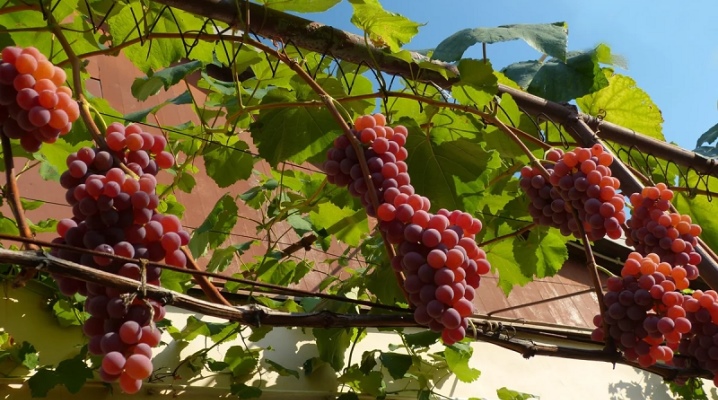
When undertaking to grow a particular plant in your summer cottage, it is necessary to take into account a huge number of different subtleties, and they relate not only to caring for the shoots, but also planting other crops next to it.
This is explained by the fact that not all plants feel comfortable with each other: some are in a kind of symbiosis, others "keep neutrality", while others generally interfere with full growth, development and fruiting. In this article, we will talk about which of the neighbors the grapes will get along with best, and with whom, on the contrary, will be at odds.
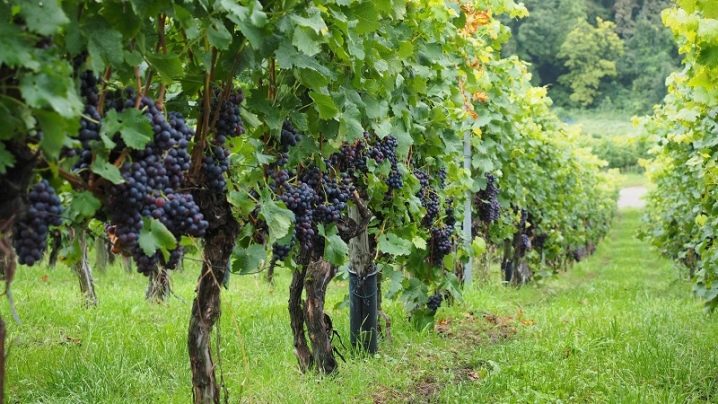
Best options
The best options are plants that will not only not interfere with the development of grapes, but also contribute to its growth, help to strengthen the immune system and improve the yield. Grapes that are grown in the open field get along well with many flowers, which will be especially important for those who want to see a flower garden on their site, but there is simply not enough space for it. So, between the rows of vines, you can plant annual plants that have a shallow root system. These include aster, phlox and gypsophila.
Grapes will get along well in the same garden with some biennial flowers, which include forget-me-nots, pansies and forest mallow. Well, as for perennial crops, this plant has a fairly good compatibility with primrose and a plant called "hare cabbage". It is especially recommended to plant rose bushes next to the vine. They can rightfully be called ideal neighbors. The agricultural technique and shelter of the rose is exactly the same as that of the grape.
And they also have harmful insects and diseases in common. However, the rose bush begins to hurt first, which allows you to identify the disease in time and prevent it from spreading to the vine.


Compatibility of the vine with berry crops such as strawberries and garden strawberries is also acceptable. However, there are some nuances here. So, berry bushes are best planted during the growth of young grapes. Otherwise, the former will not feel very comfortable. However, if everything is done correctly, the grapes will be able to provide strawberries with high-quality protection from the scorching sun rays, which in some cases have a detrimental effect on the condition of the plant. Loves grapes and vegetables, which include seed peas, onions, radishes, beets, garden radish and spinach. These plants get along well, bringing great benefits to each other.
This culture also feels good in the vicinity of lemongrass. But experienced gardeners recommend planting siderates, for example, barley, rye or buckwheat, next to already mature, matured and strong bushes. Adult bushes have a very long root system, which allows them to extract substances useful for growth and development from the very depths, pulling them to the surface, and from there they go to the root of the grapes. Siderata provide just these substances. In addition, when green manures decompose, they are gradually converted into humus - this is an organic substance that brings great benefits to grapes, having a beneficial effect on its fruiting and development. However, it is worth noting that planted green manures can take moisture from the vine. To prevent this from happening, they need to be mowed periodically.
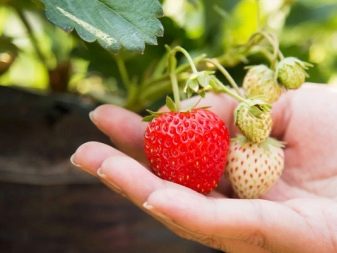
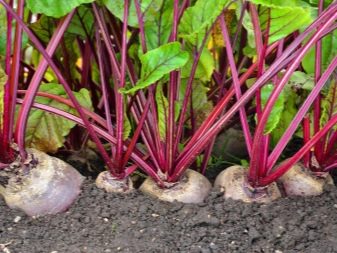
Neutral cultures
Neutral plants include those that will not compete with the vineyard and be harmful, but they will not benefit each other either. In the list of such species you can find girlish hops, kohlrabi, fennel, creeping clover and pumpkin. Flowers such as marigolds and petunias will also keep neutrality. Suitable for planting next to him and mint, which will not feel oppressed, being in the shadow of the culture.
Neutral neighborhood of grapes can also be with such plants as apple, cherry, currant, apricot, plum and pear. However, when planting a vine from one of these crops, you will have to take good care of the lighting. Otherwise, the plants may simply shade the grapes, which will not in the best way affect its condition, growth and development.
Regardless of whether the culture is beneficial to the vine or is neutral in relation to it, it is necessary to plant it, while maintaining a distance of 50 centimeters: it will be better for both plants.
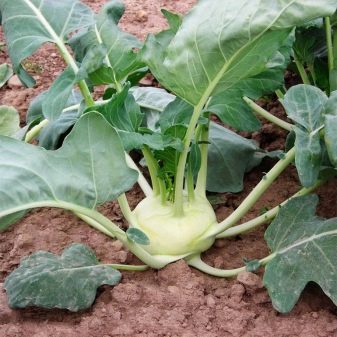
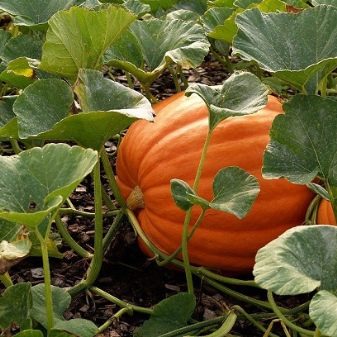
What shouldn't be planted?
But bad neighbors for such a southern culture as grapes are those plants that will interfere with the growth or development of a culture, negatively affecting its fruiting. Or, on the contrary, they themselves will feel infringed upon being near this plant. Moreover, the place of cultivation, be it the Urals, the Leningrad region or another region, does not matter here: bad neighbors of grapes in the garden will remain so in any growing conditions.
So, among the unwanted plants include cucumbers and cabbage. They do not negatively affect the grapes, however, being with him, they will feel oppressed. The same can be said for eggplants, which will wither under the vine. Planting vines with raspberries or gooseberries is not encouraged. This is explained by the fact that the vine is very likely to pull most of the nutrients onto itself, which will negatively affect the condition of the nearby growing shrubs.
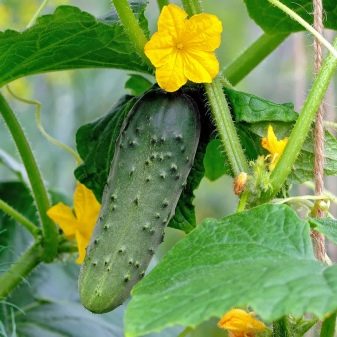
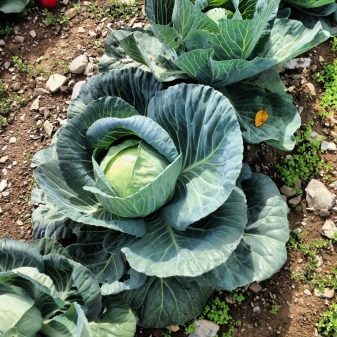
Plants such as carrots, sweet and hot peppers, potatoes and tomatoes are also undesirable for planting next to it. The same can be said for corn and sunflowers, which will compete with grapes for nutrients in the depths of the soil and will significantly deplete them.
The big enemy of the vine is the calendula, often grown for home remedies. If this growth is located near grapes, while growing with carnations, cornflowers, bindweed and a number of other flowers, then it can easily cause great harm not only to a young plant, but also to an adult. Grapes and other medicinal herbs are harmful. Among them are tansy, yarrow, plantain and St. John's wort: they all interfere with the development of green mass and berries.
Pay attention to the weeds growing around the vine. Of course, weeds in general are harmful to any of the crops, but among them we can single out those that are most dangerous. These weeds include dandelion, field thistle, wheatgrass and nettle. All these herbs, if they began to grow, capturing ever large territories, must either be mowed or carefully removed and then loosened, taking care not to harm the root system of the grapes.
In addition, the enemies of culture can also include field mustard, millet, hemp, horseradish, celery, parsley, wild radish, leeks.

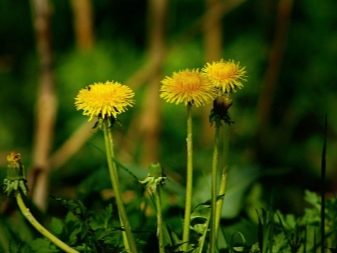
Is it possible to grow grapes of different varieties side by side?
You can plant nearby vines of different varieties. They will actively grow, pollinate with each other, give a high-quality harvest in the form of large clusters with juicy berries. There are no drawbacks in such a neighborhood, because basically all grape varieties require the same care.
However, in order to avoid problems, you need to take into account some nuances.So, do not plant high next to low-growing grapes. Otherwise, the first will simply not have enough sunlight, which will not in the best way affect the state of its green mass and fruits.
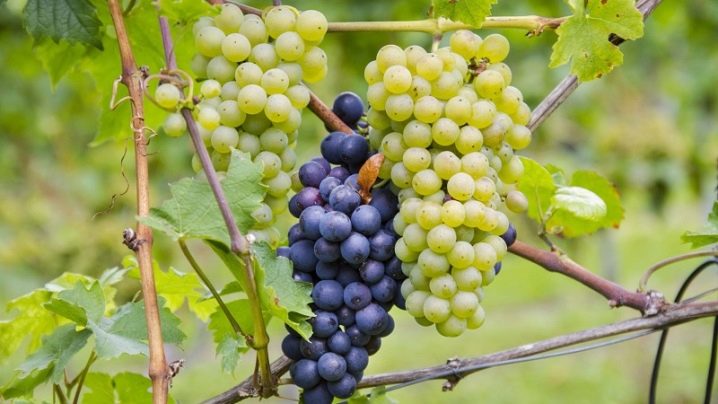













The comment was sent successfully.